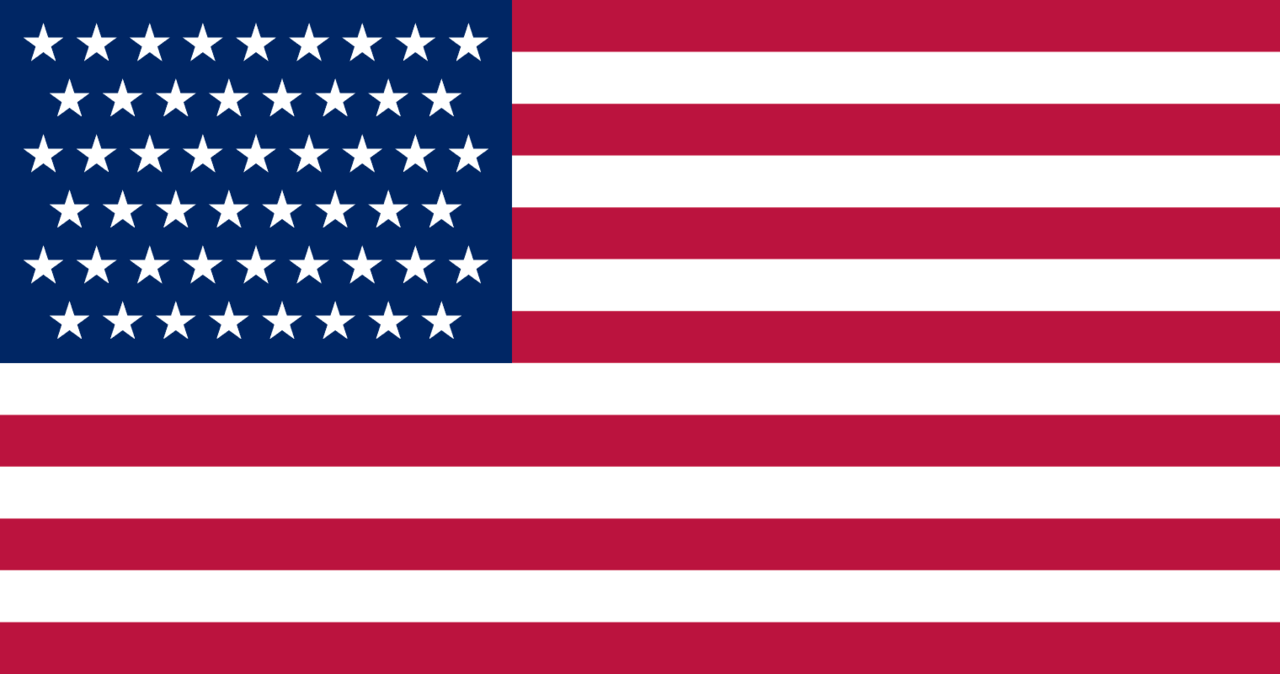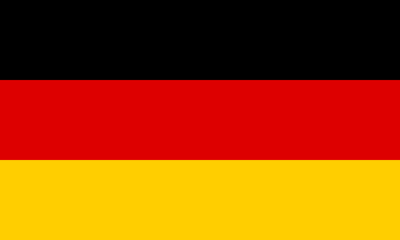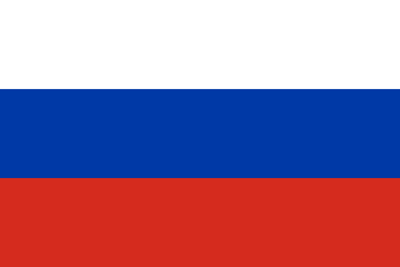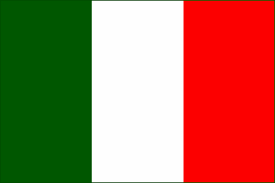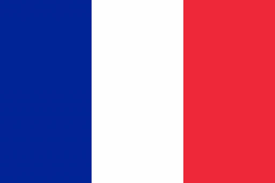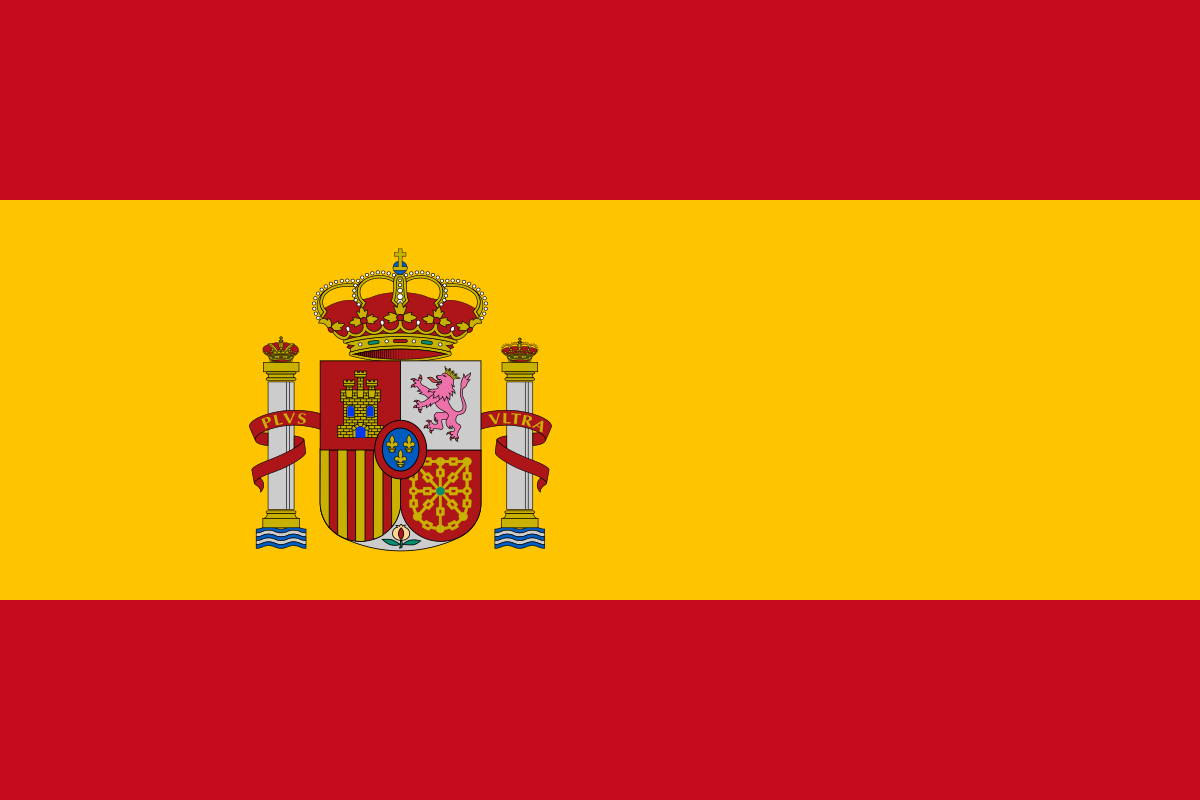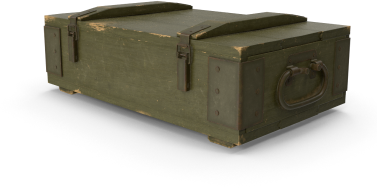Once the relieve of the 100th Infantry Division was almost completed, the "Red Circle" maintained its defensive positions. Activity was confined to patrolling. Reconnaissance groups probed enemy positions and located the mine fields laid extensively throughout the sector. Combat patrols operated in the night, capturing limited objectives.
The 14th Infantry Regiment pushed its outposts out 1,000 yards and captured 14 prisoners without a battle casualty. Company officers and platoon sergeants of the 66th Infantry Regiment assembled for training with tanks. The 71st Infantry Division men were beginning to grasp the conditions of their environment.
 This map shows the advance of the Red Circle through the Siegfried Line
This map shows the advance of the Red Circle through the Siegfried Line
Information received through intelligence channels indicated that the Germans were retiring through the Siegfried Line in the general direction of Pirmasens, Germany. On the morning of the 22nd of March , the boys then attached to the XXI Corps of the 7th Army, attacked in its zone.
The 66th Infantry Regiment advanced in the northern sector of the division zone with the mission of taking the town of Pirmasens. Fighting was brisk in the vicinity of Eppenbrunn, where the attacking force neutralized all enemy pill boxes. After passing through the vaunted fortified area the 66th Infantry Regiment closed on its objective. 141 prisoners of war were taken, marking the largest group yet captured by the division.
 Confused prisoner of war in Pirmasens
Confused prisoner of war in Pirmasens
The same day the 14th Infantry Regiment, advancing by motor and foot, moved through the Siegfried Line against light resistance. Following a route along the right flank the advance was seriously impeded by road obstacles, craters, and blown bridges.
Beyond the town of Pirmasens lay the wrecked and torn remnants of a German horse drawn column overtaken and smashed. Horse carcasses, splintered wagons, and dead men littered the highway. Woods and fields and hamlets were scoured, and the small enemy pockets of resistance wiped out. By the 24th of March boys were in position for an attack agaisnt the city of Germersheim. The taking of the bridge across the Rhine river was the objective of the mission. Supported by tanks the 66th Infantry and units of the 5th Inantry Regiment moved to the assembly area.
 A family moves belogings through the battered city of Pirmasens
A family moves belogings through the battered city of Pirmasens
After a preliminary air bombardment, and with the 12th Armored Division approaching from the east, the units jumped off. Upon reaching Lingenfeld the 3rd Battalion of the 5th Infantry Division was subjected to intense artillery and sniper fire although it had been reported that the town had been evacuated. Despite numerous casualties the town was taken.
Upon receipt of word that the retreating Germans had blown the bridge at Germersheim, the attack was ordered to "hold in place” and was not resumed until later in the day.
A change in plans directed the ourfit to again relieve elements of the 100th Infantry Division on the outpost line along the Rhine in the general area due south of Ludwigshafen. Movement into the area and relief of all posts had occurred by the end of the day. With the three regiments in position strong patrols from the 3rd Battalion of the 14th Infantry Regiment were sent to clear out the Rhine river north of Mannheim.
In the early hours of the 26th of March the 14th Infantry Regiment, from its positions near Speyer, feinted the crossing of the Rhine River in an action designed to cover the actual river crossing being made north of Mannheim by the XV Corps. The day before reconnaissance patrols from the I&R platoon of the 14th Infantry Regiment had crossed the river in the vicinity of Speyer under cover of smoke.
Probing about on the eastern bank the patrols had located enemy positions without receiving any small arms fire. However, artillery concentrations had been received on the launching points and some mortar fire had fallen in the river. Now, the 2nd Platoon of "E" Company, after artillery preparation and under a smoke cover, crossed the river in four engineer assault boats, receiving mortar fire in the middle of the river, and small arms fire as the boats neared the eastern shore. All boats landed, and the platoon remained on the enemy shore for a quarter of an hour engaging in a fire fight. Under cover of smoke, it then withdrew to the friendly western riverbank.
 Troops and supplies of the division roll across the Rhine river
Troops and supplies of the division roll across the Rhine river
Routine mopping up of isolated pockets along the west bank of the river continued for the next two days while the Division Artillery fired harassing missions across the river south of Mannheim.
The 71st Infantry Division, as it participated in the cleanup of the Saar-Moselle triangle and the drive to the Rhine river , had travelled by motor and marching approximately 180 miles during its first twenty days of action along the Western Front.
On March 28th, 1945, the all division was transfered into to General Patton's 3rd Army as a unit within the XX Corps. After proceeding by motor to an assembly area at Rockenhausen, orders were received to establish the Division command post at Heusenstamm, across the Rhine River, and southeast of Frankfurt.
Men and equipment formed the long convoy that crossed the fabled Rhine river on a pontoon bridge two days later. The crossing was without incident, and the division proceeded into Germany to its prescribed area where it passed under control of the XII Corps.
It was now time to push toward the heart of Germany and to face the 6th SS Mountain Division.
Written by Pierre Fallet




